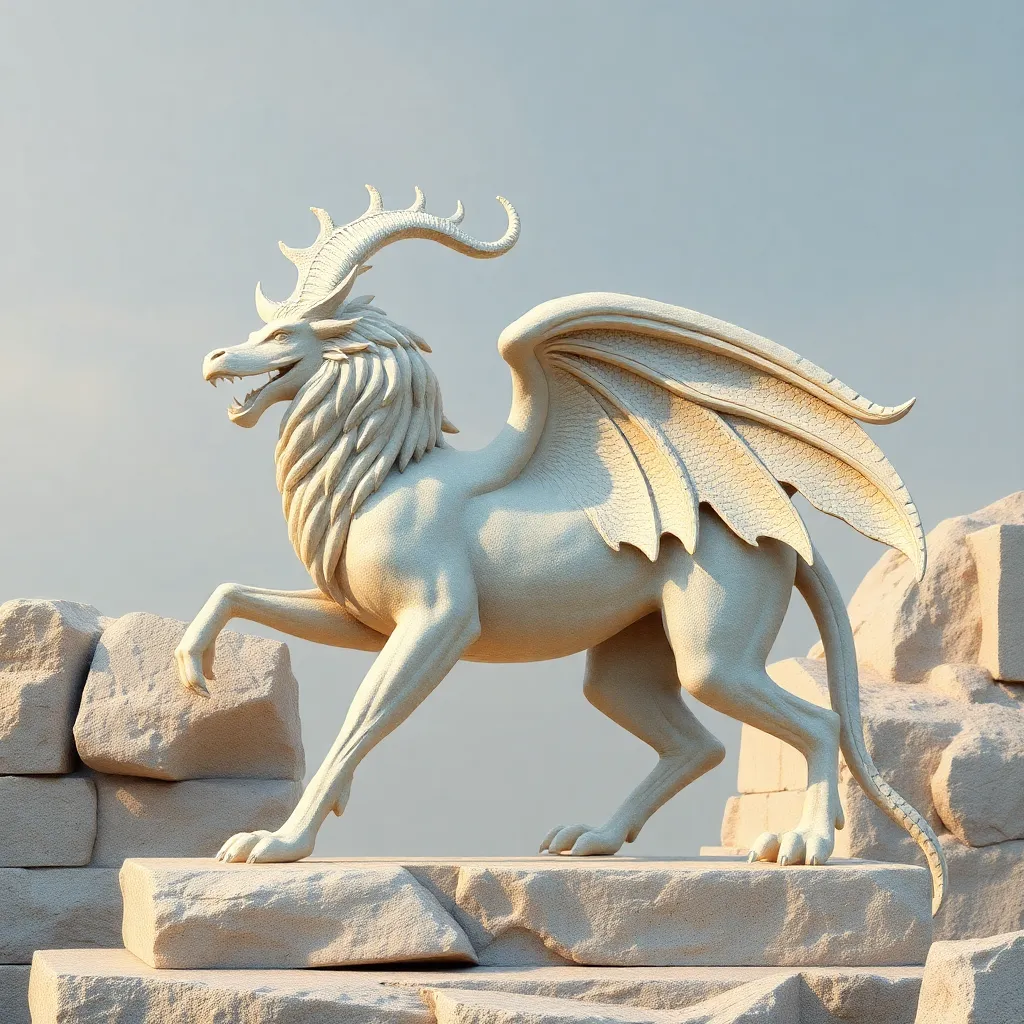The Role of Mythological Creatures in Greek Mythological Discourse
I. Introduction
Mythological creatures in Greek mythology are fantastical beings that embody various aspects of nature, humanity, and the divine. These creatures range from gods and goddesses to monsters and hybrids, often playing pivotal roles in the narratives that define the cultural landscape of ancient Greece.
The importance of these mythological entities extends beyond mere storytelling; they serve as vehicles for cultural values, moral lessons, and the exploration of human emotions. This article aims to explore the historical context, classification, functions, influences, and psychological implications of mythological creatures in Greek mythology.
II. Historical Context of Greek Mythology
The origins of Greek mythology can be traced back to the ancient Greek civilization, where stories of gods, heroes, and mythical creatures were passed down through generations. These narratives evolved over time, influenced by various cultural and historical factors.
Ancient Greek culture, with its rich traditions and customs, significantly shaped the mythological narratives. The mythology reflects the beliefs, values, and experiences of the Greek people, serving as an essential aspect of their identity.
The role of oral tradition was crucial in shaping mythological discourse. As stories were recited and adapted, mythological creatures became more defined, their characteristics and symbolism evolving with each telling.
III. Classification of Mythological Creatures
Mythological creatures in Greek mythology can be classified into several categories:
- Gods and Goddesses: Divine beings with immense power, such as Zeus, Hera, and Poseidon.
- Monsters: Fearsome creatures like the Minotaur, Cerberus, and Medusa.
- Hybrids: Beings that combine human and animal traits, such as centaurs and sphinxes.
Each type of creature carries its own symbolic meanings. For example, monsters often represent chaos and challenges, while gods embody ideals and virtues.
Prominent mythological creatures include:
- Minotaur: A creature with the body of a man and the head of a bull, symbolizing human savagery.
- Medusa: A Gorgon whose gaze can turn people to stone, representing danger and transformation.
- Cerberus: The three-headed dog guarding the Underworld, symbolizing the threshold between life and death.
IV. Functions of Mythological Creatures in Greek Myths
Mythological creatures serve various functions in Greek myths:
- Symbols of Human Traits: Creatures often embody human emotions and traits. For instance, the Sphinx represents riddles and the quest for knowledge.
- Moral and Ethical Lessons: Many stories involving creatures impart important moral lessons, such as humility and respect for the gods.
- Embodiments of Natural Phenomena: Creatures like Typhon symbolize natural disasters, illustrating the Greeks’ understanding of their environment.
V. Mythological Creatures and Heroic Journeys
The relationship between heroes and mythological creatures is a central theme in Greek myths. Heroes often face challenges posed by these creatures, leading to significant character development.
Some key aspects include:
- Challenges Posed by Creatures: Heroes such as Heracles and Theseus confront formidable creatures that test their strength and wit.
- Transformation and Growth: Encounters with mythological creatures often lead to personal growth, as heroes learn valuable lessons through their struggles.
For example, Heracles’ twelve labors include slaying the Nemean Lion and capturing the Golden Hind, each representing a rite of passage and a step toward heroism.
VI. Influence of Mythological Creatures on Art and Literature
The influence of mythological creatures extends to ancient Greek art and literature. Creatures are depicted in various forms, showcasing their significance in cultural expression.
In ancient Greek art:
- Pots and Vases: Many artifacts feature scenes of heroes battling creatures, illustrating key mythological events.
- Statues and Reliefs: Creatures like the Gorgon were often sculpted, symbolizing protection against evil.
The impact of Greek mythology on later literary works is profound, inspiring countless authors throughout history. Creatures have found their way into modern literature, reflecting timeless themes and archetypes.
VII. The Psychological and Philosophical Implications
Mythological creatures can be analyzed through psychological and philosophical lenses:
- Archetypal Analysis: Many creatures represent archetypes found in human psychology, such as the hero, the monster, and the wise old man.
- Understanding the Human Psyche: Encounters with creatures reveal inner conflicts and desires, providing insight into the human condition.
- Philosophical Themes: Myths often explore themes of existence, morality, and the nature of the divine, with creatures representing various philosophical ideas.
VIII. Conclusion
Mythological creatures hold a significant place in Greek discourse, serving as symbols, challenges, and vehicles for moral lessons. Their roles in ancient narratives have left a lasting legacy, influencing art, literature, and contemporary culture.
As we explore the rich tapestry of Greek mythology, it is essential to recognize the relevance of these creatures today. They continue to inspire and provoke thought, reminding us of the timeless themes that connect humanity across ages.




